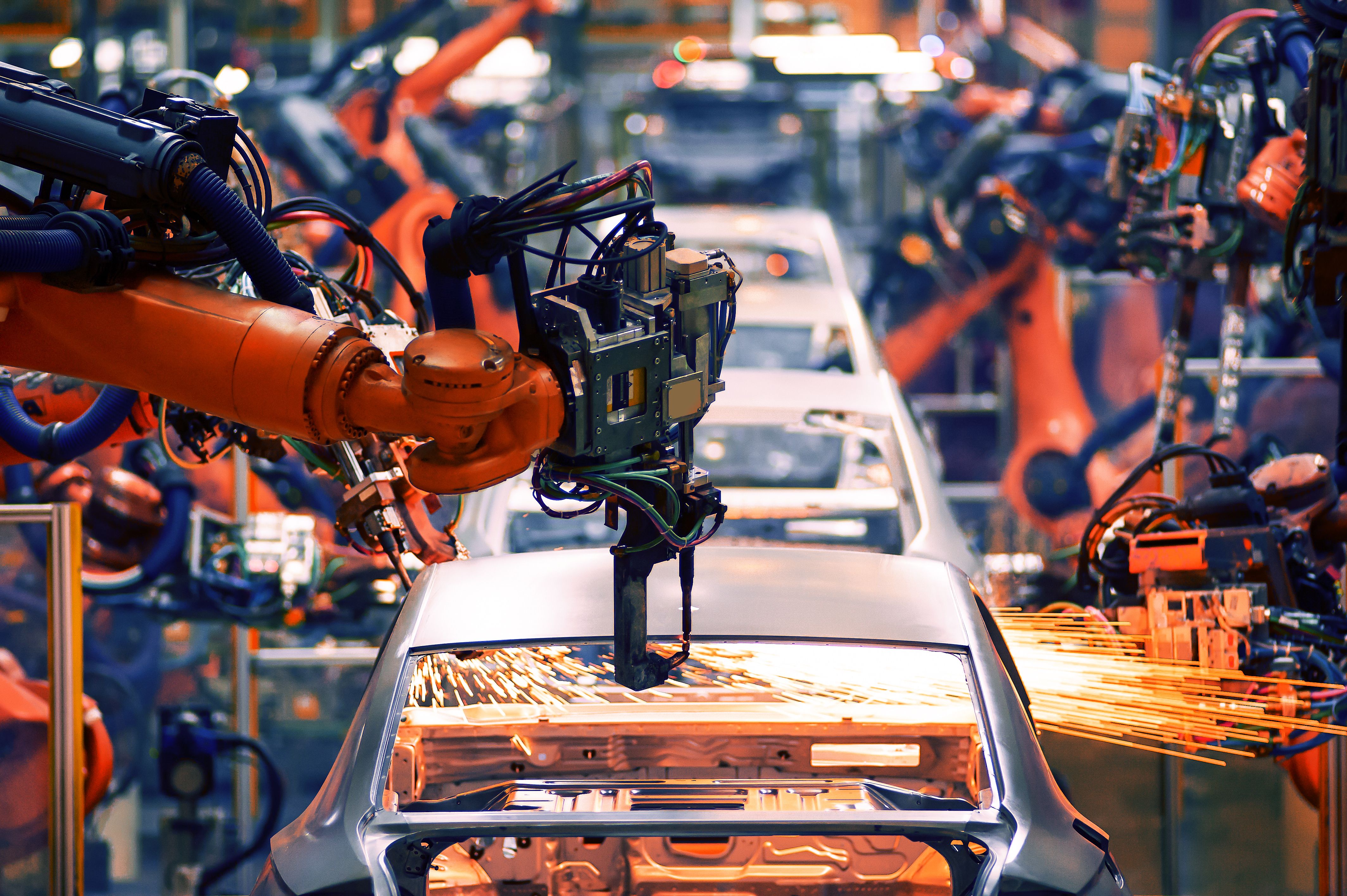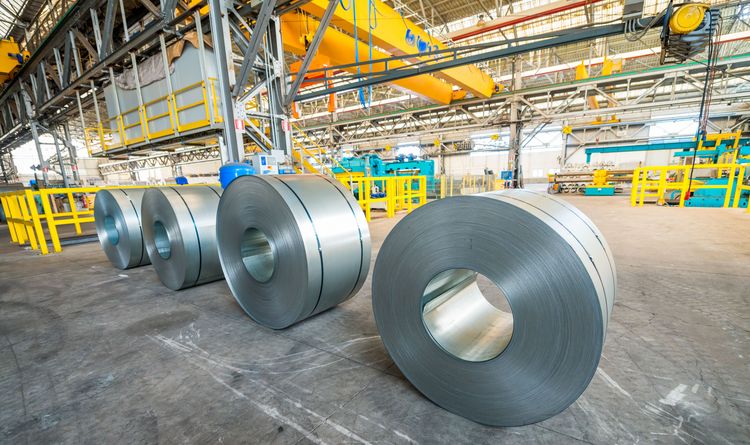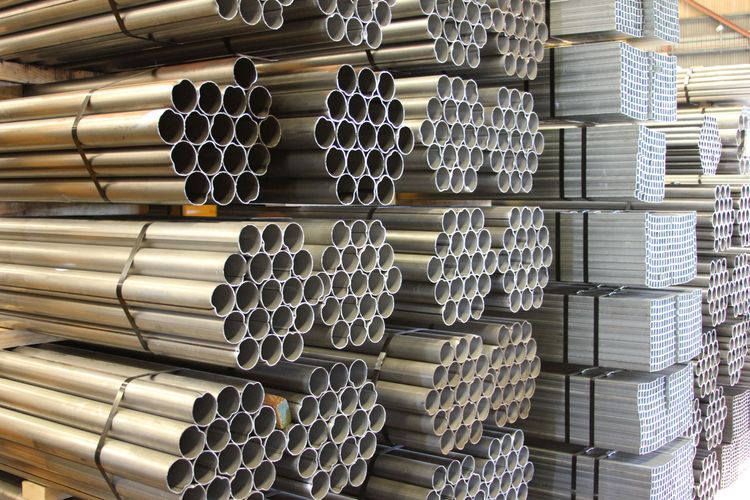With a valuation of over $100 billion and an annual production of 23 million units, the Indian automotive industry is the fourth-largest in the world and is set to climb to the 3rd spot by 2025. It accounts for 2.3% of India’s total GDP.
A key factor in the development of the sector has been India’s domestic steel output, currently second only to China by production volume. The automotive industry is among the largest consumers of steel, with over 9% of the total annual steel production used in automobile manufacturing. For automotive MSMEs, steel offers the perfect combination of attributes - high tensile strength, low specific weight, and high manufacturability.
Among the different types of steel available to the industry, galvanized steel stands out as an excellent choice, offering a good balance between material properties, surface finish, and shelf-life. But what is galvanized steel, and how does it differ from other types of steel?
What is Galvanized Steel?
Galvanized steel is a type of steel that has been coated with zinc. The exposed zinc coat acts as a protective sheath that prevents the steel from rusting and corrosion. This helps to extend the lifespan of the underlying metal, while reducing the rate of deterioration, resulting in significantly lowered maintenance costs. The zinc coating sacrifices itself to protect the metal underneath.
It is one of the most widely used steels in manufacturing due to its versatility, resistance to corrosion, durability, and low capital investment. It's also an easy material to work with.
In the auto industry, galvanized steel has been in use since the early 1900s, and is still used today to make car bodies, doors, and hoods. In the last few decades, innovations in the industry have resulted in the use of galvanized steel (together with AHSS) in auto components as well, making it the staple material for European and US automotive industries.
Two major types of galvanized steel are utilized in the auto industry: hot-dipped galvanized steel and electro-galvanized steel. These two types of galvanized steel differ only in the method used to apply the zinc coating. While hot-dipped GS is produced by dipping steel in molten zinc in a furnace, electro galvanization involves passing an electric current through a zinc anode and steel conductor.
Let’s now take a look at the benefits of galvanized steel in automobile manufacturing.
Galvanized steel - Benefits over other materials used in automobiles
- Galvanized steel is easy to work with and can be fabricated into various shapes without losing its quality or strength. This makes it a good material for car manufacturing, which calls for intensive forming and processing of sheet metal.
- When used in bulk, galvanized steel is less expensive compared to other advanced, corrosion-resistant steels.
- It is much more durable than normal steel, thus requiring less maintenance. Compared to conventional steel, which has a lifespan of 20-25 years, galvanized steel can last 40-50 years.
- The tough zinc coating provides high resistance to mechanical damage in transport, vibrations, and extreme weather conditions. This makes it ideal for use in cars that are constantly exposed to the elements like rain and snow.
- Compared to other processed steel products, steel galvanization is well understood and has a long history, making it faster to produce and easier to use in forming processes.
- Galvanized steel retains its lustre and good surface finish after long-term use,
- Galvanized steel has excellent toughness and strength, significantly higher than uncoated steel varieties.






 +91 7208055523
+91 7208055523
 Help & support
Help & support
